Google Pixel 8 vs Google Pixel 8 Pro: the key differences
Is the Pro worth the price?
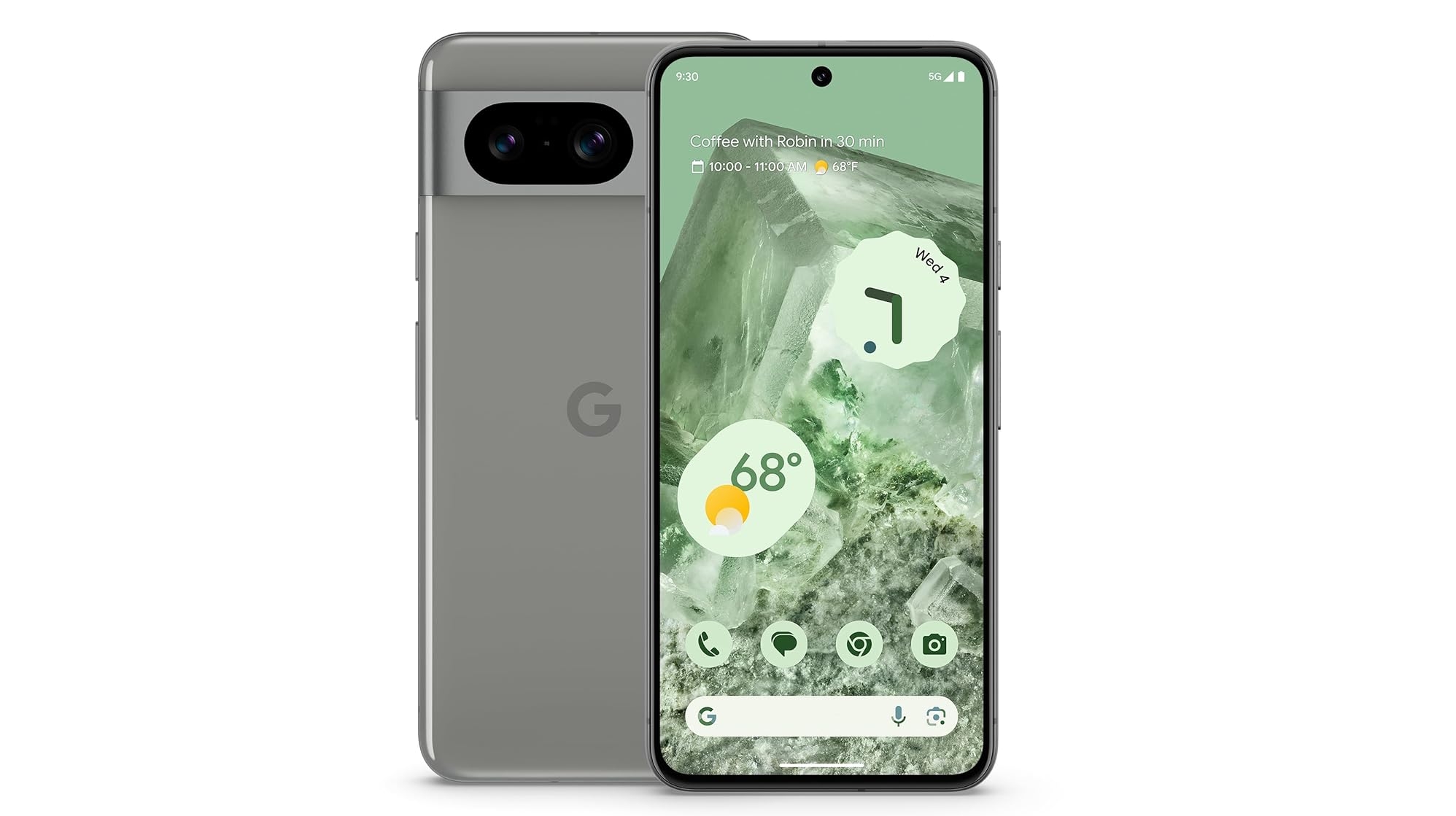
Weight: 187g
Dimensions: 150.5 x 70.8 x 8.9mm
Screen size: 6.2-inch
Resolution: 1080 x 2400
CPU: Tensor G3
RAM: 8GB
Storage: 128GB/256GB
Battery: 4,575mAh
Rear camera: 50MP+12MP
Front camera: 10.5MP
The Google Pixel 8 has most of the core features of the Pixel 8 Pro, including AI tricks, a 50MP main camera, a Tensor G3 chipset, and a 120Hz screen. But it lacks a telephoto camera, and its screen and battery also aren't quite a match for Google's top phone.
For
- New Tensor chip
- Refreshed design
- AI camera tricks
Against
- Design changes are minor
- Minimal camera upgrades
- No temperature sensor
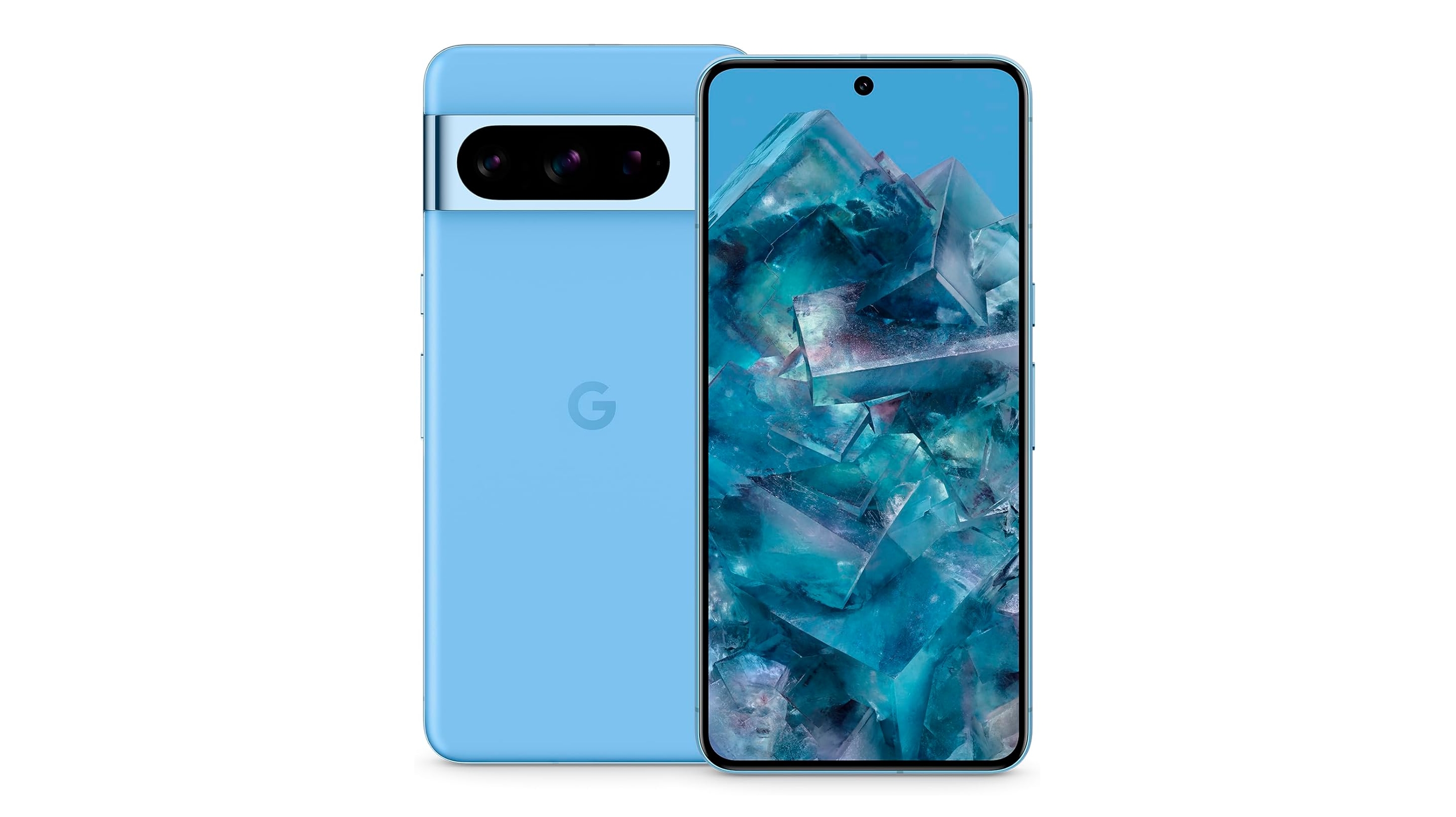
Weight: 213g
Dimensions: 162.6 x 76.5 x 8.8mm
Screen size: 6.7-inch
Resolution: 1344 x 2992
CPU: Tensor G3
RAM: 12GB
Storage: 128GB/256GB/512GB/1TB
Battery: 5,050mAh
Rear camera: 50MP+48MP+48MP
Front camera: 10.5MP
The Pixel 8 Pro is Google's ultimate smartphone, especially if you care about photography or screen quality. But it's a lot more expensive than the Pixel 8, and only a little better.
For
- Great new cameras
- Better battery life
- A very bright screen
Against
- More expensive than before
- Some AI features feel creepy
- Less powerful than rivals
The Google Pixel 8 and Google Pixel 8 Pro are the top two Google phones of 2023 – at least for anyone who doesn’t want the bendy Google Pixel Fold. But with its Pro moniker and higher price, the Pixel 8 Pro is the company’s true flagship.
Just how different is the pricey Pixel 8 Pro to the standard Pixel 8 though? And which one is more worth your money?
To answer that, we’ve looked at the key specs of both, along with what we found in our full Google Pixel 8 review and Google Pixel 8 Pro review.
Google Pixel 8 vs Google Pixel 8 Pro: specs comparison
Before we look more closely at the similarities and differences between these two phones, here’s a list of their core specs, so you can see how they stack up at a glance, on paper.
| Google Pixel 8 | Google Pixel 8 Pro | |
|---|---|---|
| Dimensions: | 150.5 x 70.8 x 8.9mm | 162.6 x 76.5 x 8.8mm |
| Weight: | 187g | 213g |
| Display: | 6.2-inch 1080 x 2400 20:9 adaptive 60Hz to 120Hz 'Actua' OLED | 6.7-inch 1344 x 2992 20:9 adaptive 1Hz to 120Hz 'Super Actua' LTPO OLED |
| Chipset: | Google Tensor G3 | Google Tensor G3 |
| RAM: | 8GB (LPDDR5X) | 12GB (LPDDR5X) |
| Storage: | 128GB, 256GB (UFS 3.1) | 128GB, 256GB, 512GB, 1TB (UFS 3.1) |
| Rear cameras: | 50MP wide, 12MP ultra-wide | 50MP wide, 48MP ultra-wide, 48MP 5x zoom |
| Front camera: | 10.5MP | 10.5MP |
| Battery: | 4,575mAh | 5,050mAh |
| Charging: | 27W wired, 18W wireless (2nd-gen Pixel Stand), 12W wireless (Qi) | 30W wired, 23W wireless (2nd-gen Pixel Stand), 12W wireless (Qi) |
| Colors: | Obsidian, Hazel, Rose | Obsidian, Porcelain, Bay |
Google Pixel 8 vs Google Pixel 8 Pro: price and availability
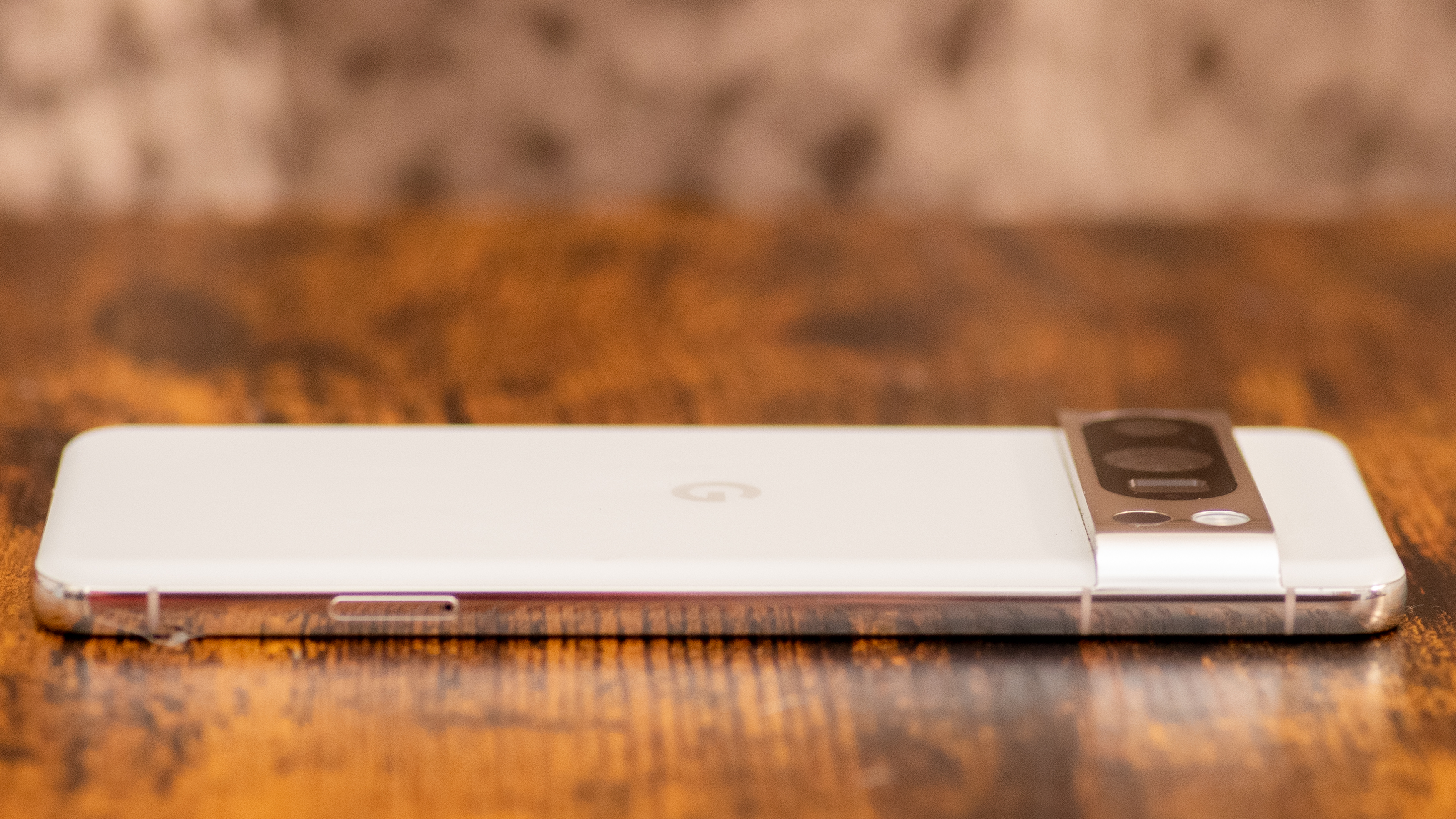
The Google Pixel 8 and Google Pixel 8 Pro were both announced on October 4, 2023, and both are out now.
You can get the Pixel 8 from $699 / £699 / AU$1,199, which nets you 128GB of storage. There’s also a model with 256GB of storage for $759 / £759 / AU$1,299.
As for the Pixel 8 Pro, that starts at $999 / £999 / AU$1,699, and as with the Pixel 8, the starting capacity is 128GB. Prices rise to $1,059 / £1,059 / AU$1,799 for 256GB, $1,179 / £1,179 / AU$1,999 for 512GB, and $1,399 for 1TB, with that model only being available in the US.
So the Pixel 8 Pro’s starting price is $300 / £300 / AU$500 higher than the Pixel 8’s, and that difference remains when choosing a 256GB model of either phone too. The gulf gets even wider when choosing a 512GB or 1TB version of the Pixel 8 Pro, since the Pixel 8 isn't available with that much storage.
Google Pixel 8 vs Google Pixel 8 Pro: design and display
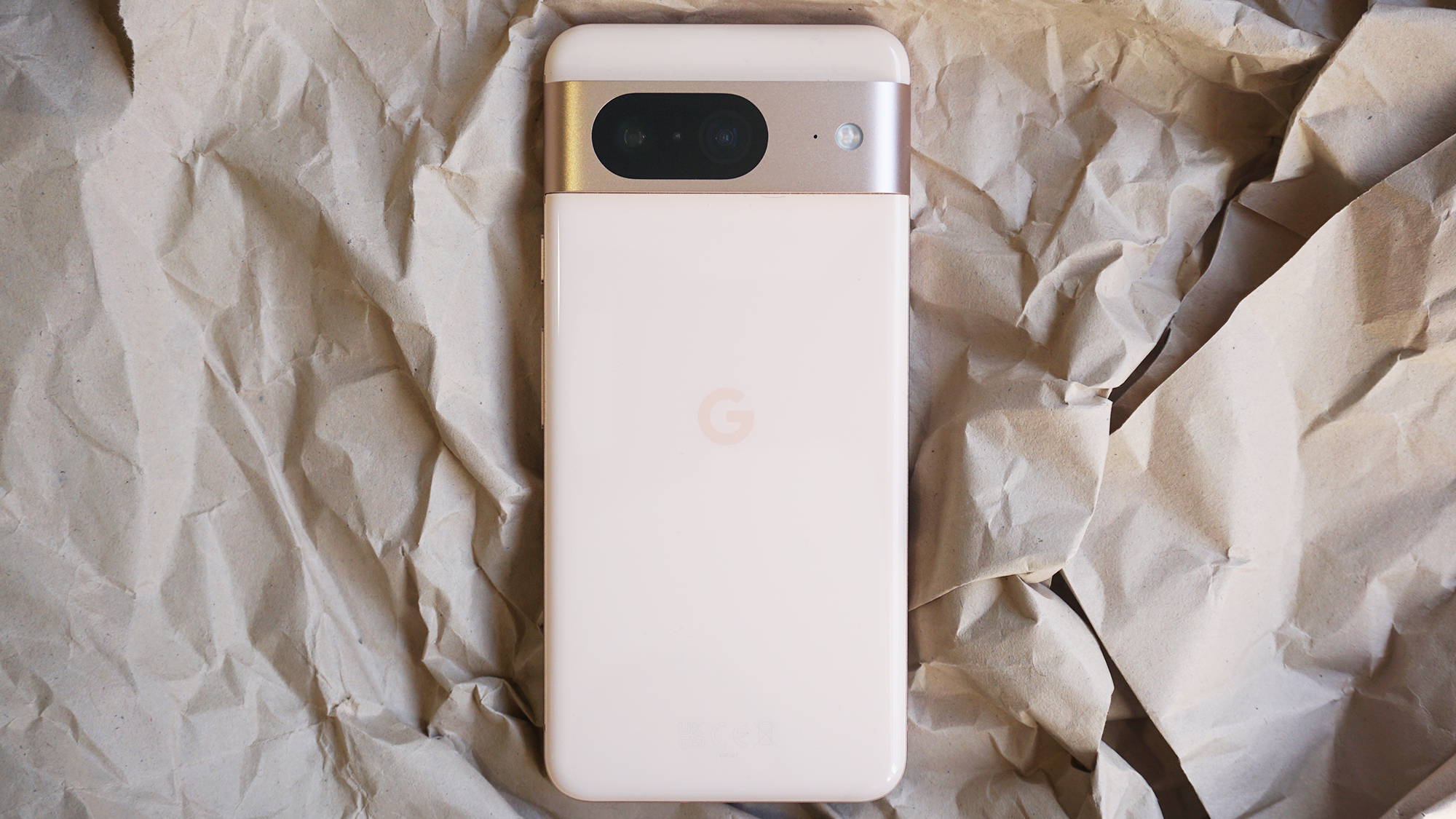
The Pixel 8 and Google Pixel 8 Pro have similar designs, with both phones sporting a camera visor running across the back, a punch-hole camera on the front, and an aluminum frame. They also both have an IP68 rating, meaning they’re equally dust and water-resistant.
They both have a glass back too. But while the Pixel 8 Pro uses tough Gorilla Glass Victus 2, the standard Pixel 8 uses marginally less tough Gorilla Glass Victus.
One of the most obvious visual differences between these phones though is their colors, with the Pixel 8 coming in Hazel (green/gray), Obsidian (black), and Rose (pink) shades, while the Pixel 8 Pro is available in Porcelain (white), Obsidian (black), and Bay (blue) shades.
Whatever color you pick the phone will also have a silvery camera block, but this is matte on the Pixel 8 and glossy on the Pixel 8 Pro. The larger phnes not only has more cameras but also a temperature sensor, which the standard Pixel 8 lacks.
Finally, these two phones have different weights and dimensions, with the Google Pixel 8 being 150.5 x 70.8 x 8.9mm and 187g, while the Pixel 8 Pro is larger and heavier at 162.6 x 76.5 x 8.8mm and 213g.
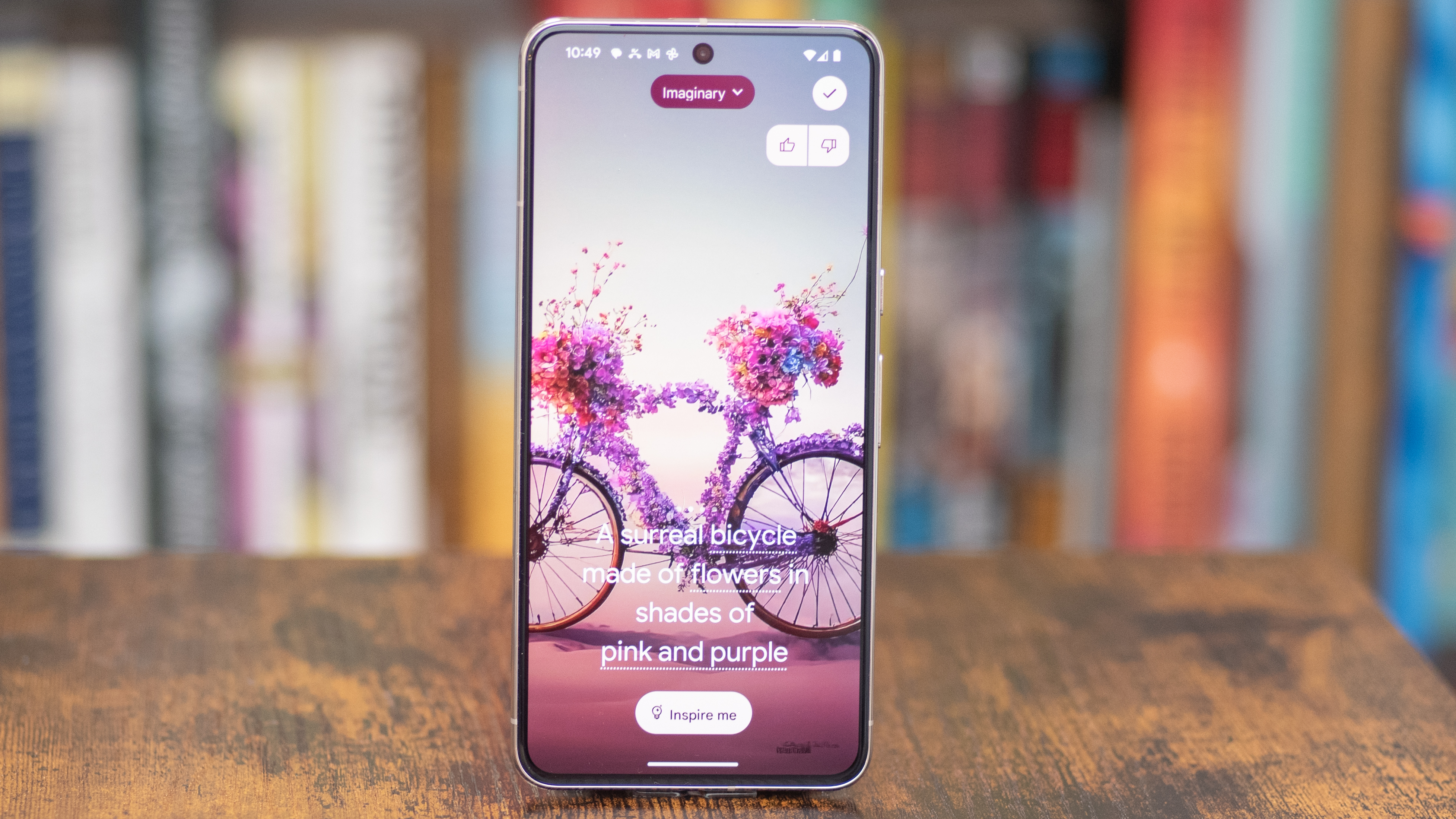
As for their screens, the Pixel 8 has a 6.2-inch 1080 x 2400 OLED display with 428 pixels per inch, a 120Hz refresh rate, and a peak brightness of 2,000 nits. The Pixel 8 Pro has a 6.7-inch 1344 x 2992 OLED screen with 489 pixels per inch, a 120Hz refresh rate, and a peak brightness of 2,400 nits.
So the Pixel 8 Pro’s screen is larger, higher resolution, and can get brighter. Also while both phones have a maximum refresh rate of 120Hz, the Pixel 8 Pro can drop all the way down to 1Hz, while the standard Pixel 8 can only go as low as 60Hz. That means the standard phone’s screen will refresh more frequently even when there’s no need for it, thereby consuming more battery.
The display on the Pixel 8 Pro is a real highlight, with our Pixel 8 Pro review calling the screen “the standout feature on the Pixel 8 Pro, this bright and sharp display is just as good as the iPhone 15 Pro Max, and maybe better.”
Google Pixel 8 vs Google Pixel 8 Pro: cameras
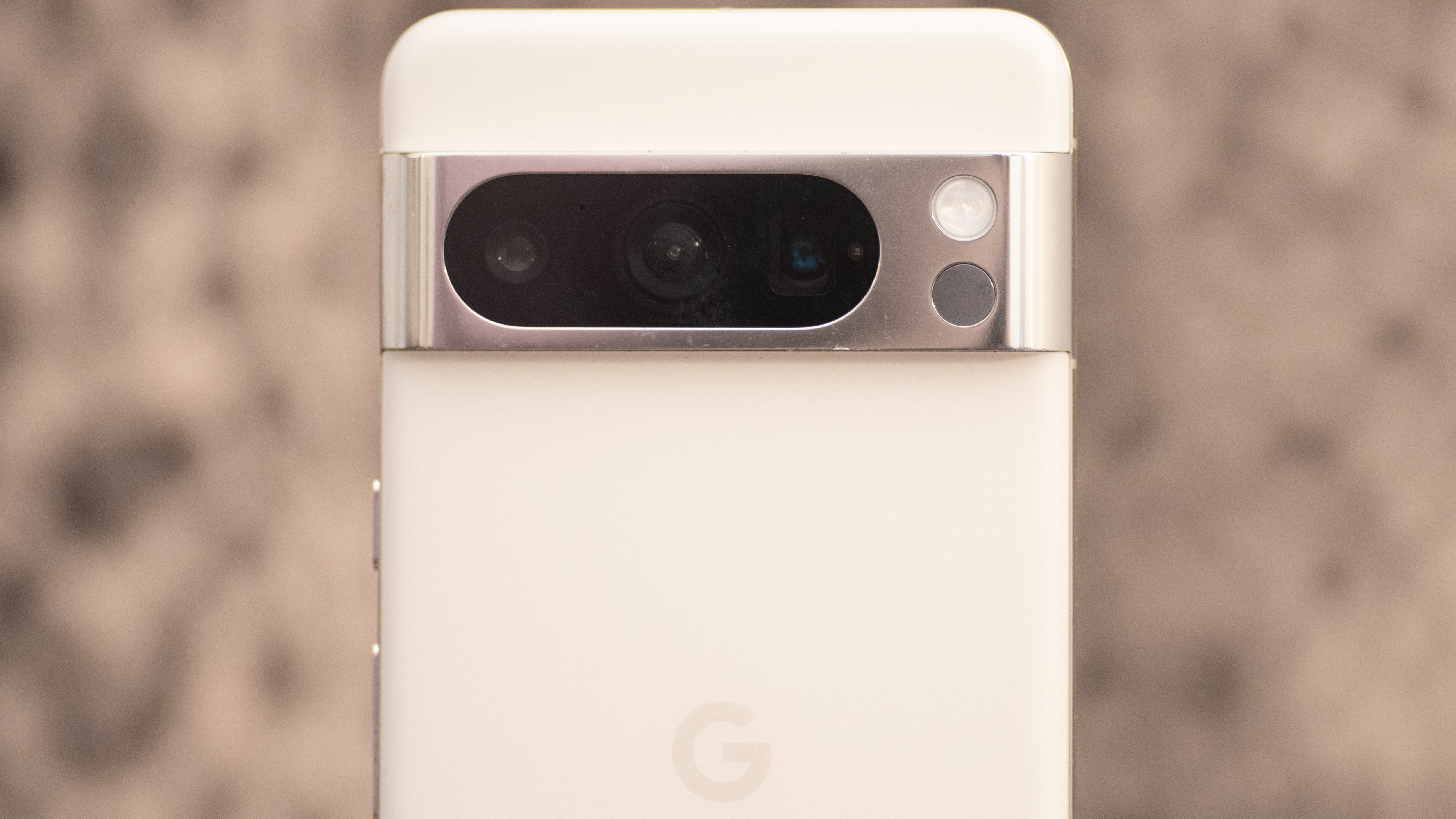
The two Pixel 8 models have the same main camera, namely a 50MP f/1.7 one, but on the Pixel 8 that’s joined by just a 12MP f/2.2 ultra-wide, while the Pixel 8 Pro has a 48MP f/2.0 ultra-wide and a 48MP f/2.8 telephoto with 5x optical zoom.
Both phones also have a 10.5MP f/2.2 selfie camera, and both can record 4K footage at up to 60fps.
So the Pixel 8 Pro is the only one of these phones with a telephoto camera, and it also has a higher-spec ultra-wide snapper than the standard Pixel 8. Plus, the Pro is the only one of these phones with a pro mode for its camera.
It additionally has Video Boost, which uses the cloud to improve how your videos look, and this feature isn’t found on the standard Pixel 8 either.
Still, while the Pixel 8 Pro is the clear winner for photography, both phones impress on this front. We noted in our Pixel 8 review that “there's no telephoto sensor, but the cameras that are present are powerful and impressive.”
Google Pixel 8 vs Google Pixel 8 Pro: performance
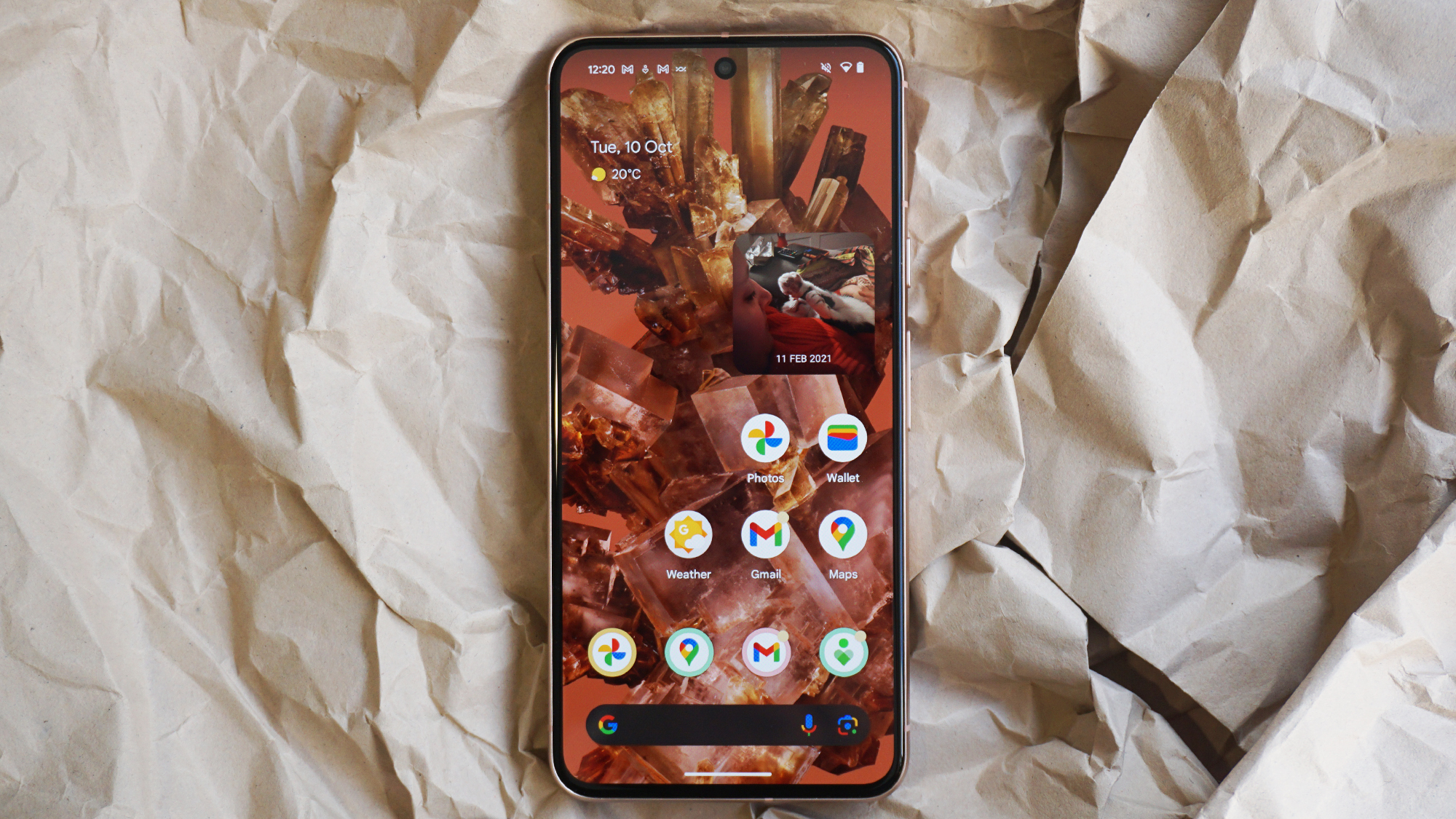
The Pixel 8 and Pixel 8 Pro both have a Tensor G3 chipset, so their performance is similar, but the Google Pixel 8 Pro has the edge because it has 12GB of RAM, compared to 8GB in the Google Pixel 8. That said, even the Pixel 8’s performance seemed respectable when we put it through a review.
It’s worth noting though that despite their high-end prices, neither of these is among the most powerful smartphones, as the Tensor G3 is no match for the Snapdragon 8 Gen 2 found in the Samsung Galaxy S23 and most other top Android phones, or the A17 Pro found in the iPhone 15 Pro.
Google Pixel 8 vs Google Pixel 8 Pro: battery
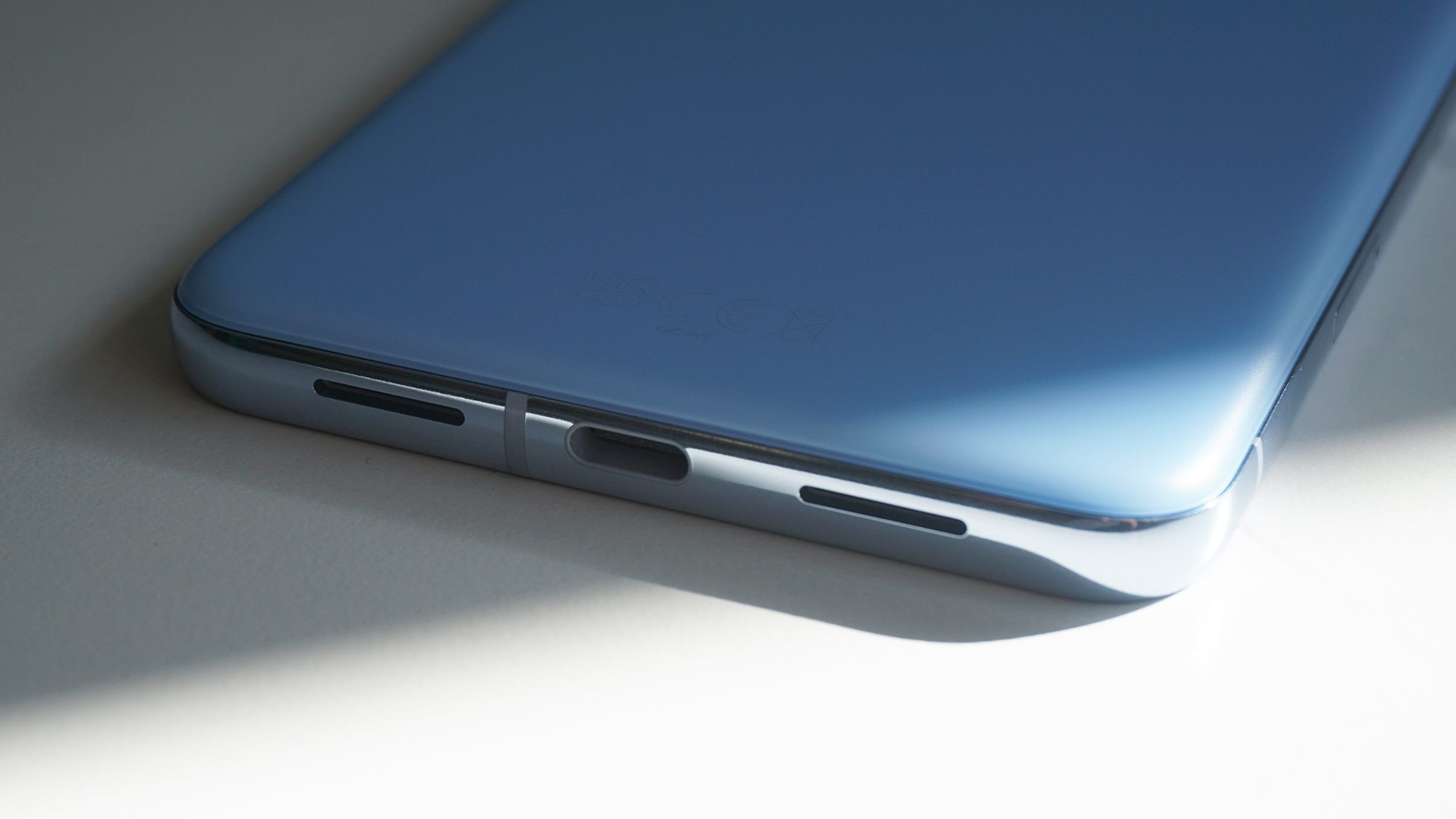
The Google Pixel 8 has a 4,575mAh battery and the Pixel 8 Pro has a 5,050mAh one. So the latter phone’s battery is bigger, but it also needs to power a larger screen.
Google for its part makes the same battery life claims for both phones – 24 hours or more with general use, or up to 72 hours when using Extreme Battery Saver mode.
In our own tests, we found that both phones lasted all day, but the Pixel 8 Pro more comfortably did so.
The Google Pixel 8 Pro also charges slightly faster than the Pixel 8, at 30W rather than 27W. Or at 23W when wireless, compared to 18W with the standard Pixel 8. Though note that those wireless speeds only apply with the Google Pixel Stand (2nd gen), otherwise both phones top out at 12W.
Google Pixel 8 vs Google Pixel 8 Pro: verdict
The Google Pixel 8 Pro is a better phone than the standard Pixel 8 in a number of ways. It has an extra camera lens allowing you to optically zoom, plus a better ultra-wide sensor and more camera modes. It also has more RAM, and it has a bigger battery, offering slightly better life and marginally faster charging.
Plus, it has a bigger, brighter, and higher resolution screen, with a refresh rate that can drop lowe. And it’s potentially more durable, due to its use of Gorilla Glass Victus 2.
But it also costs more, and is the larger, heavier device, so for those reasons it won’t suit everyone. You still get the bulk of the Pro’s specs and features in the base model, and all at a lower price and in a more compact size. Plus, whichever model you pick you’ll get an impressive seven years of software updates.
So both of these handsets easily rank high among the best Pixel phones, but the very best is clearly the Pixel 8 Pro.
More Google Pixel 8 / 8 Pro stories
- Google Pixel 8: price, features, cameras, and everything you need to know
- Google Pixel 8 Pro: release date, specs, camera and more
- Google Pixel 8 Pro review: making more out of your phone
- Google Pixel 8 review: full of surprises
- Google Pixel 8 deals
Get daily insight, inspiration and deals in your inbox
Sign up for breaking news, reviews, opinion, top tech deals, and more.
James is a freelance phones, tablets and wearables writer and sub-editor at TechRadar. He has a love for everything ‘smart’, from watches to lights, and can often be found arguing with AI assistants or drowning in the latest apps. James also contributes to 3G.co.uk, 4G.co.uk and 5G.co.uk and has written for T3, Digital Camera World, Clarity Media and others, with work on the web, in print and on TV.